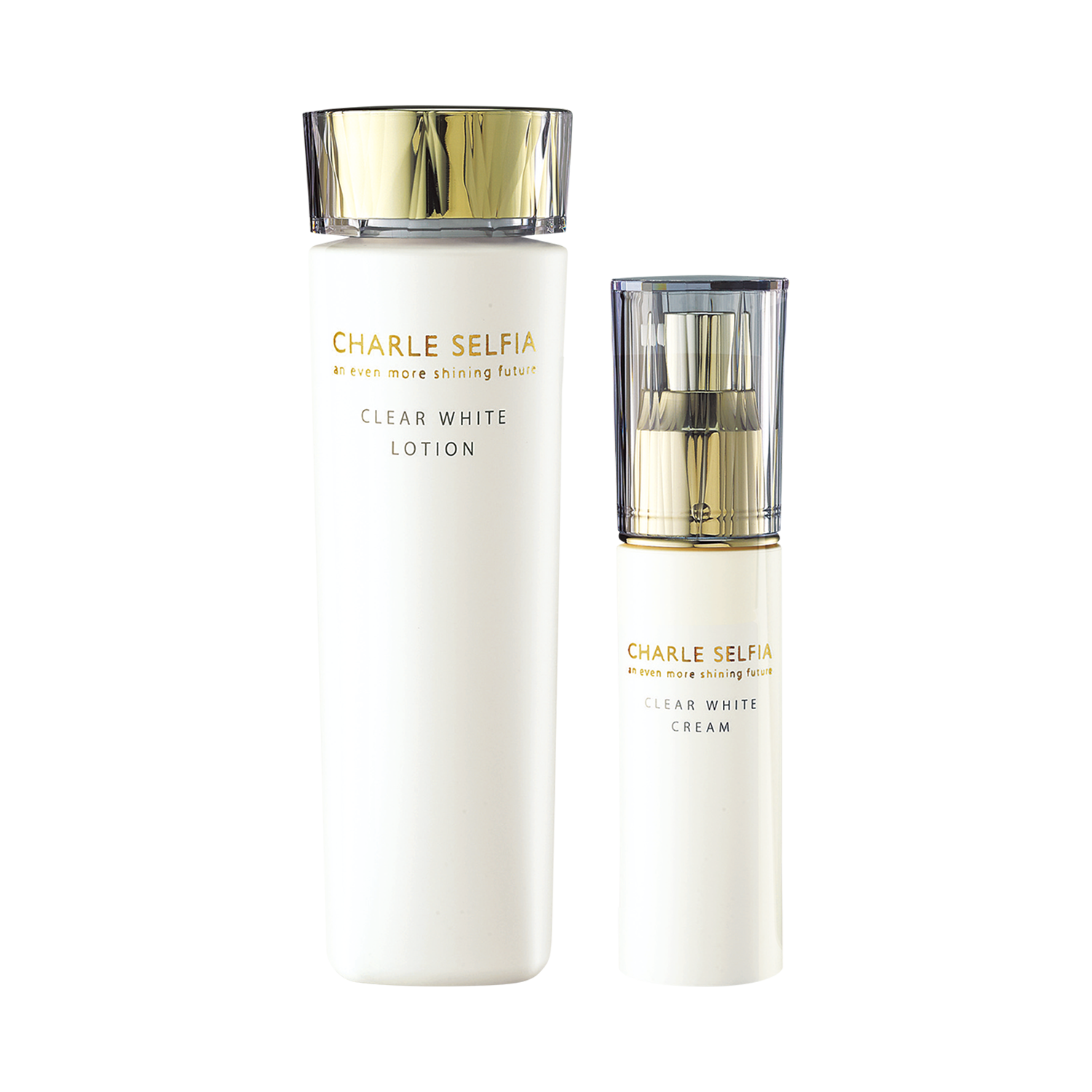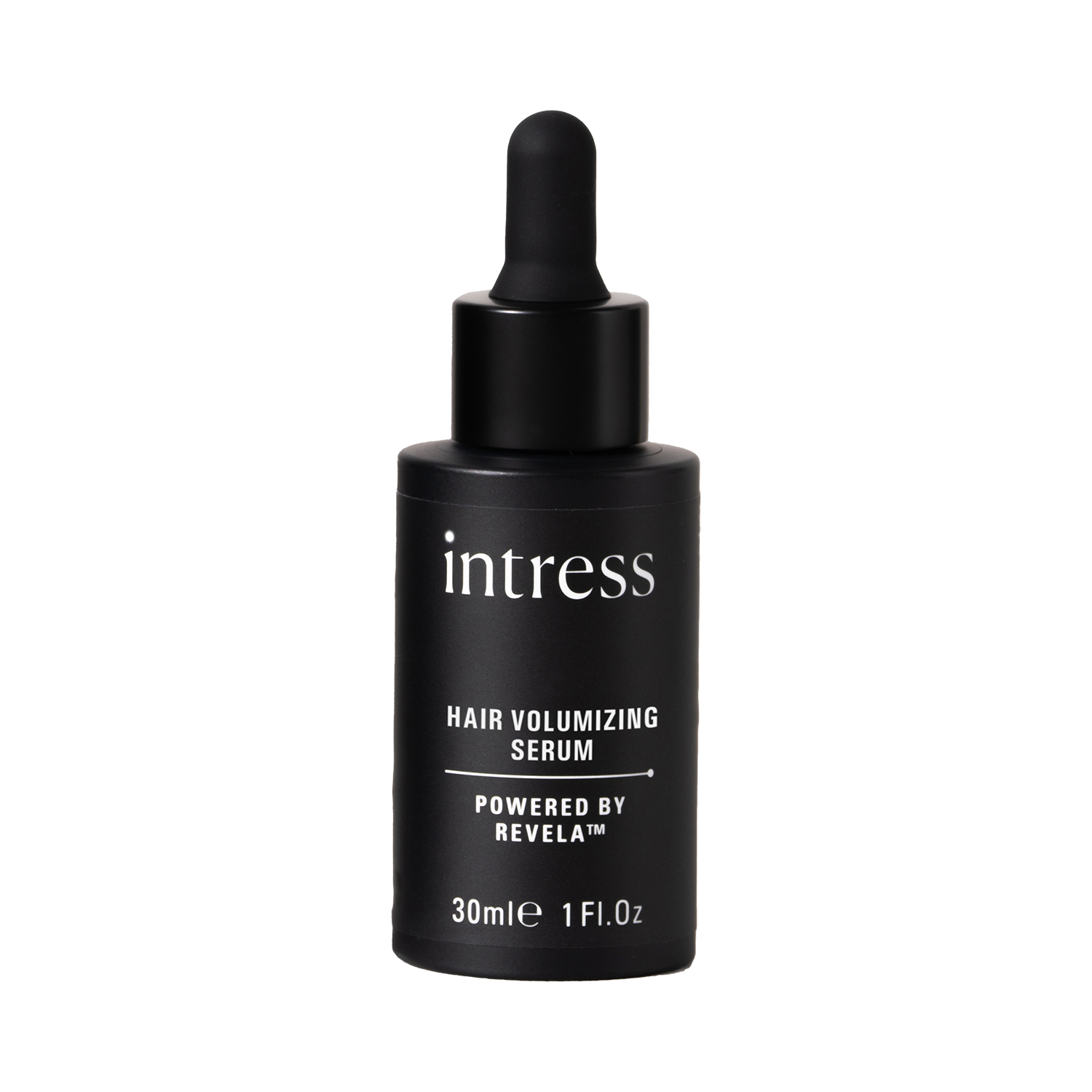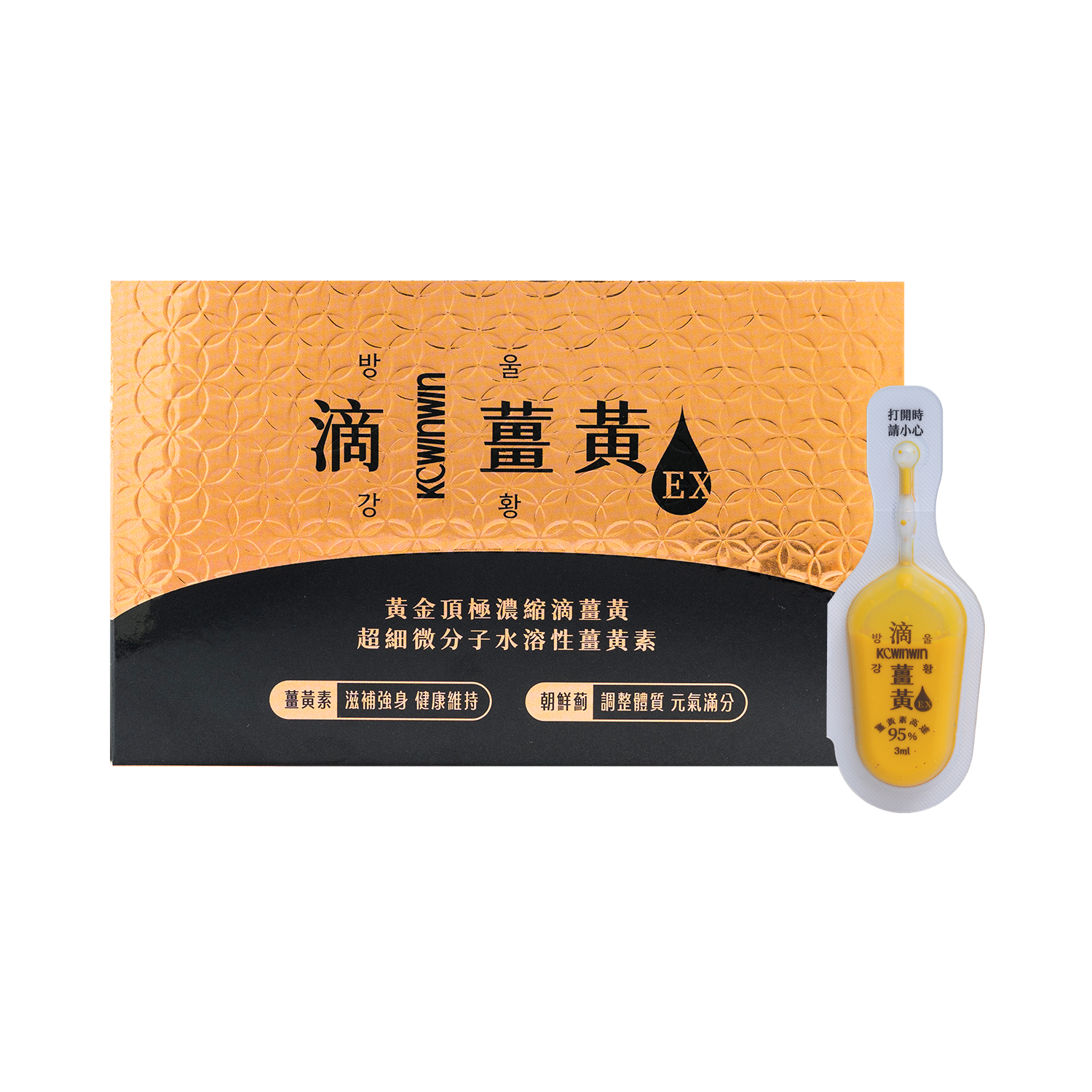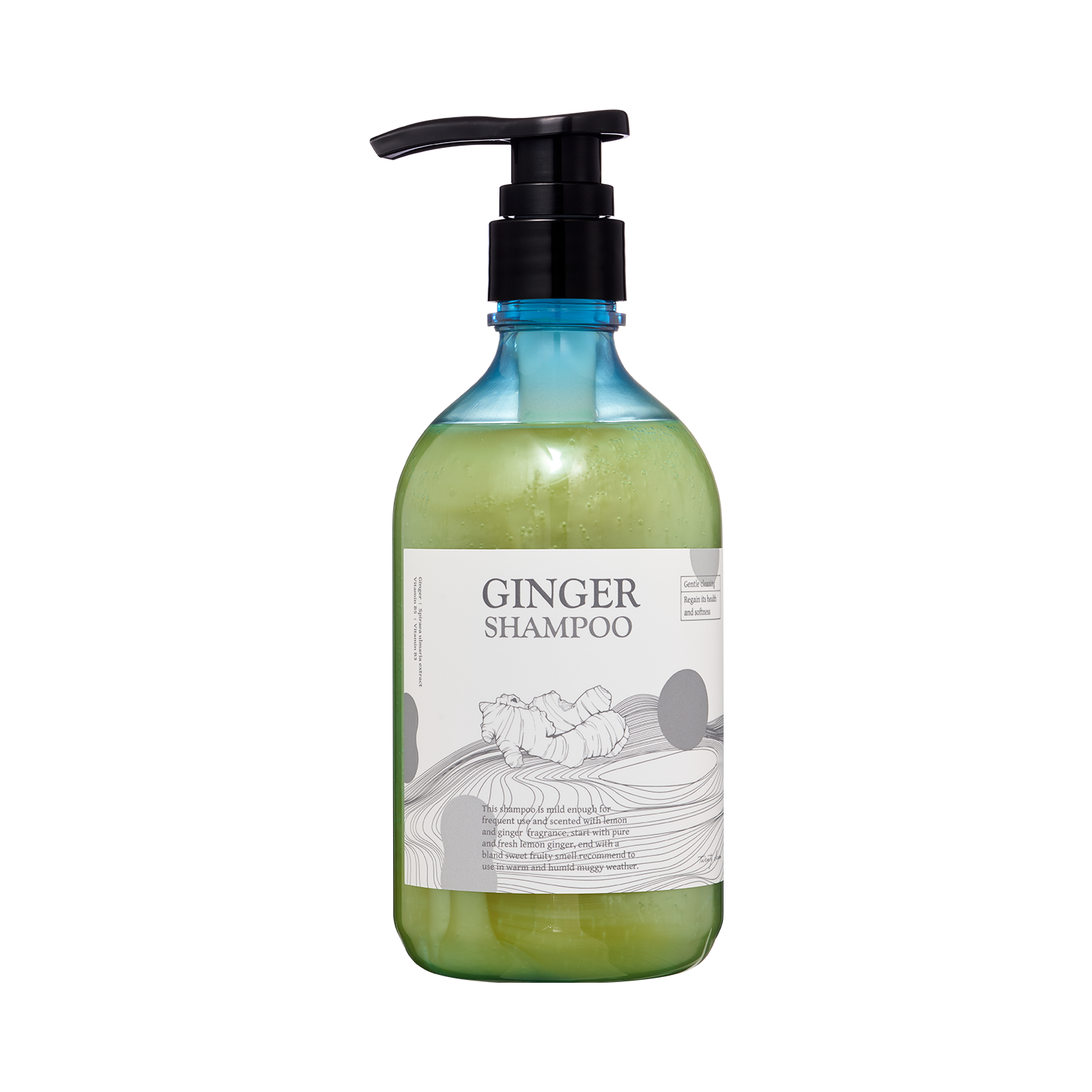[WWD好文共享] Nicolas Ghesquière
The Art and Science of Nicolas Ghesquière
April 16, 2008 --- WWD
Some designers are showmen; others are realists. Nicolas Ghesquière is a scientist who conducts experiments with fashion, distills it down to a concentrated essence and uncorks it for a rapt audience every season in a seven- to 10-minute runway dissertation.
There is such precision in his work at Balenciaga that it’s not surprising to find the arresting necklaces from his blockbuster fall collection curled into petri dishes at his Rue Cassette fashion show venue, now transformed into a buzzing showroom. There is much to discover up close: how couture fabrics are sandwiched with foam to create sculptural jackets and dresses; how tiny glass beads are embroidered onto hand-painted latex to evoke blossoms on an Asian landscape; how killer heels are rendered both edgier and slightly more wearable with a slab of gel, like a miniature Rachel Whiteread sculpture, fused to the sole.
April 16, 2008 --- WWD
Some designers are showmen; others are realists. Nicolas Ghesquière is a scientist who conducts experiments with fashion, distills it down to a concentrated essence and uncorks it for a rapt audience every season in a seven- to 10-minute runway dissertation.
There is such precision in his work at Balenciaga that it’s not surprising to find the arresting necklaces from his blockbuster fall collection curled into petri dishes at his Rue Cassette fashion show venue, now transformed into a buzzing showroom. There is much to discover up close: how couture fabrics are sandwiched with foam to create sculptural jackets and dresses; how tiny glass beads are embroidered onto hand-painted latex to evoke blossoms on an Asian landscape; how killer heels are rendered both edgier and slightly more wearable with a slab of gel, like a miniature Rachel Whiteread sculpture, fused to the sole.




















